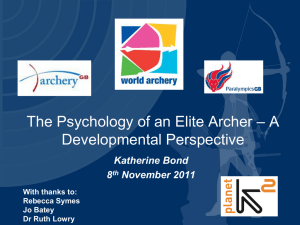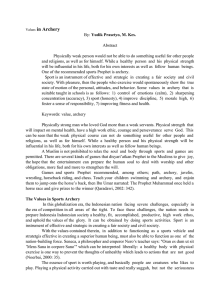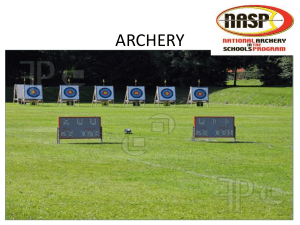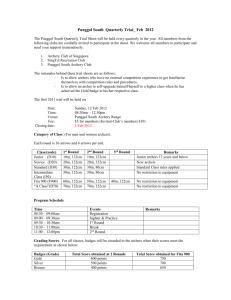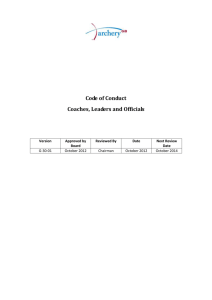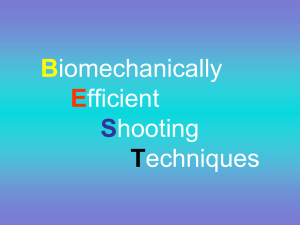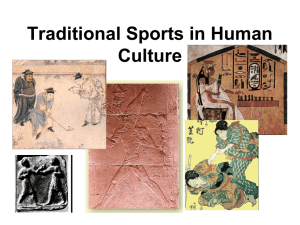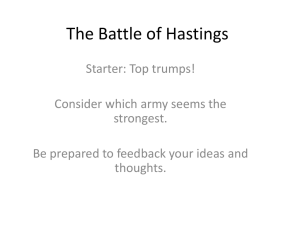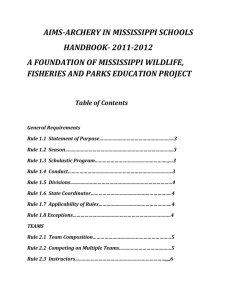David Poyner - Bowmen of Bruntwood
advertisement
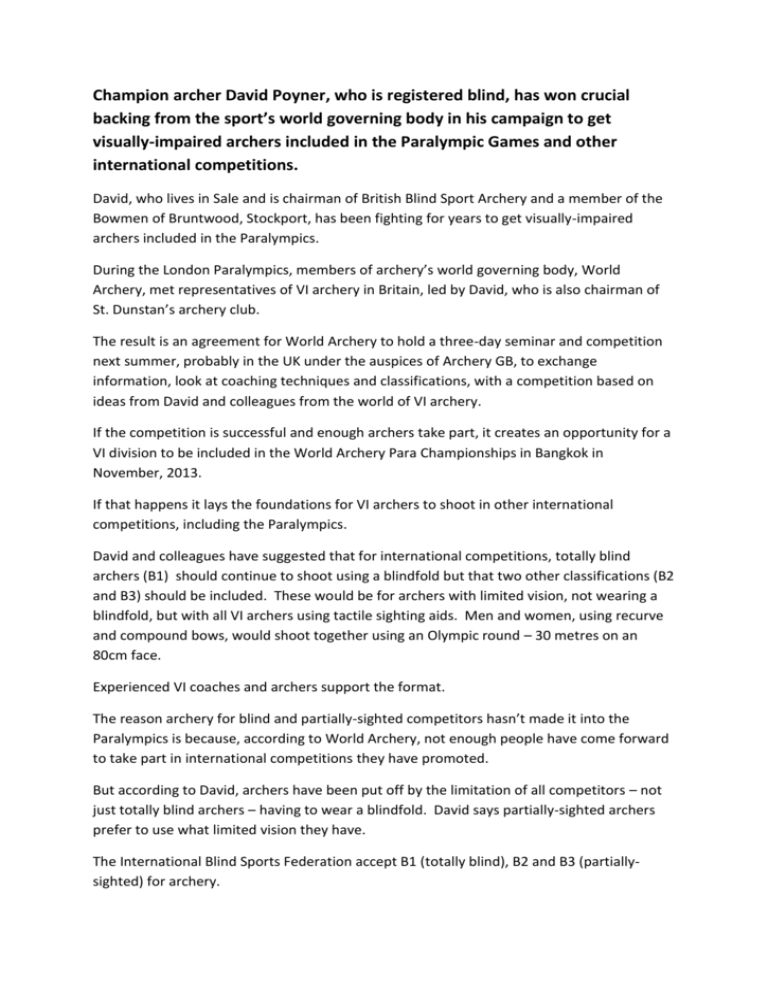
Champion archer David Poyner, who is registered blind, has won crucial backing from the sport’s world governing body in his campaign to get visually-impaired archers included in the Paralympic Games and other international competitions. David, who lives in Sale and is chairman of British Blind Sport Archery and a member of the Bowmen of Bruntwood, Stockport, has been fighting for years to get visually-impaired archers included in the Paralympics. During the London Paralympics, members of archery’s world governing body, World Archery, met representatives of VI archery in Britain, led by David, who is also chairman of St. Dunstan’s archery club. The result is an agreement for World Archery to hold a three-day seminar and competition next summer, probably in the UK under the auspices of Archery GB, to exchange information, look at coaching techniques and classifications, with a competition based on ideas from David and colleagues from the world of VI archery. If the competition is successful and enough archers take part, it creates an opportunity for a VI division to be included in the World Archery Para Championships in Bangkok in November, 2013. If that happens it lays the foundations for VI archers to shoot in other international competitions, including the Paralympics. David and colleagues have suggested that for international competitions, totally blind archers (B1) should continue to shoot using a blindfold but that two other classifications (B2 and B3) should be included. These would be for archers with limited vision, not wearing a blindfold, but with all VI archers using tactile sighting aids. Men and women, using recurve and compound bows, would shoot together using an Olympic round – 30 metres on an 80cm face. Experienced VI coaches and archers support the format. The reason archery for blind and partially-sighted competitors hasn’t made it into the Paralympics is because, according to World Archery, not enough people have come forward to take part in international competitions they have promoted. But according to David, archers have been put off by the limitation of all competitors – not just totally blind archers – having to wear a blindfold. David says partially-sighted archers prefer to use what limited vision they have. The International Blind Sports Federation accept B1 (totally blind), B2 and B3 (partiallysighted) for archery. “When the International Paralympic Committee accepted VI archery in 2005, they said it would be under IBSF classifications, which they chose to ignore, meaning all VI archers would have to wear blindfolds,” said David. “As the majority of VI archers are not totally blind, why should they worsen their disability to compete in the Paralympics.” David has shot internationally, using a compound bow, as part of the GB visually-impaired archery squad, and holds several national records. In December, 2010, David, now in his 50’s, received a donated kidney from his partner, Jane Pittaway-Hampson. David has fought chronic illness for years. He suffers from a rare genetic condition that affects the way his body produces energy. He became partiallysighted because of a stroke during a 30-day coma 13 years ago brought on by the genetic condition. He took up archery following the coma, and continued despite another coma several years later, while fighting off continual illness. Archery has been an historic part of the Paralympics. It featured in the first Stoke Mandeville Games in 1948, the predecessor of the modern Paralympics, and has featured in every Paralympics since the first Games in 1960. South Korean Im Dong-Hyun is the world’s supreme example of what a VI archer can achieve. Registered blind, the archer broke his own world record at the London Olympics in the ranking rounds and helped his team break the team world record by 18 points, with the team going on to win a bronze medal. The target, 70 metres away, is just a “colourful blur” to the Korean. He uses a recurve bow and a normal bow sight. Ends.
